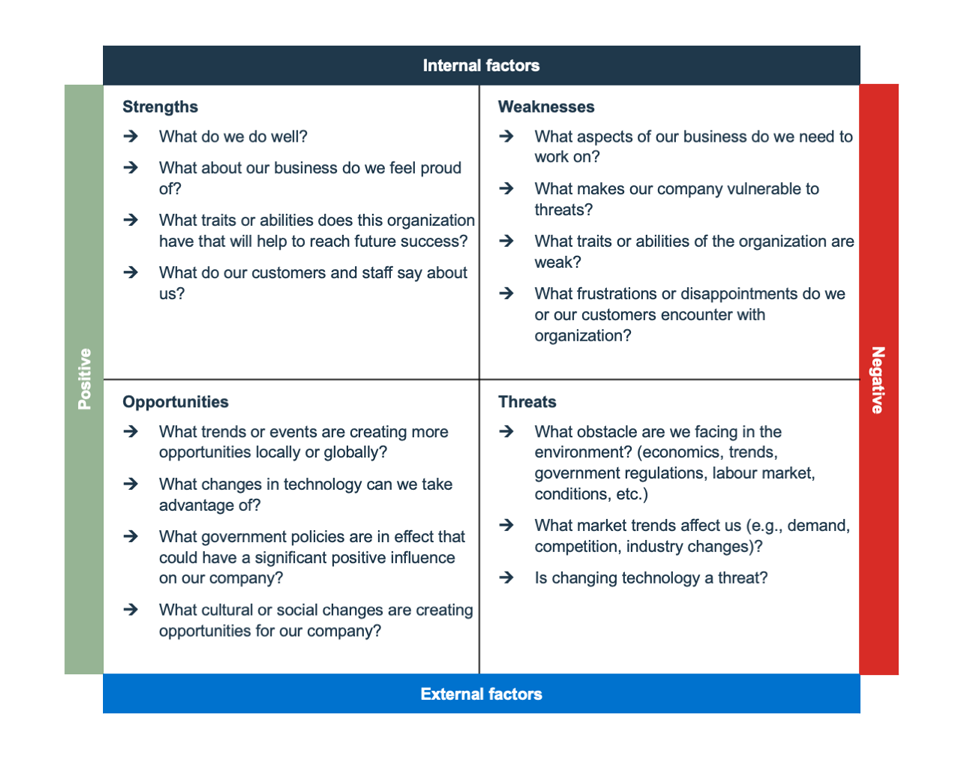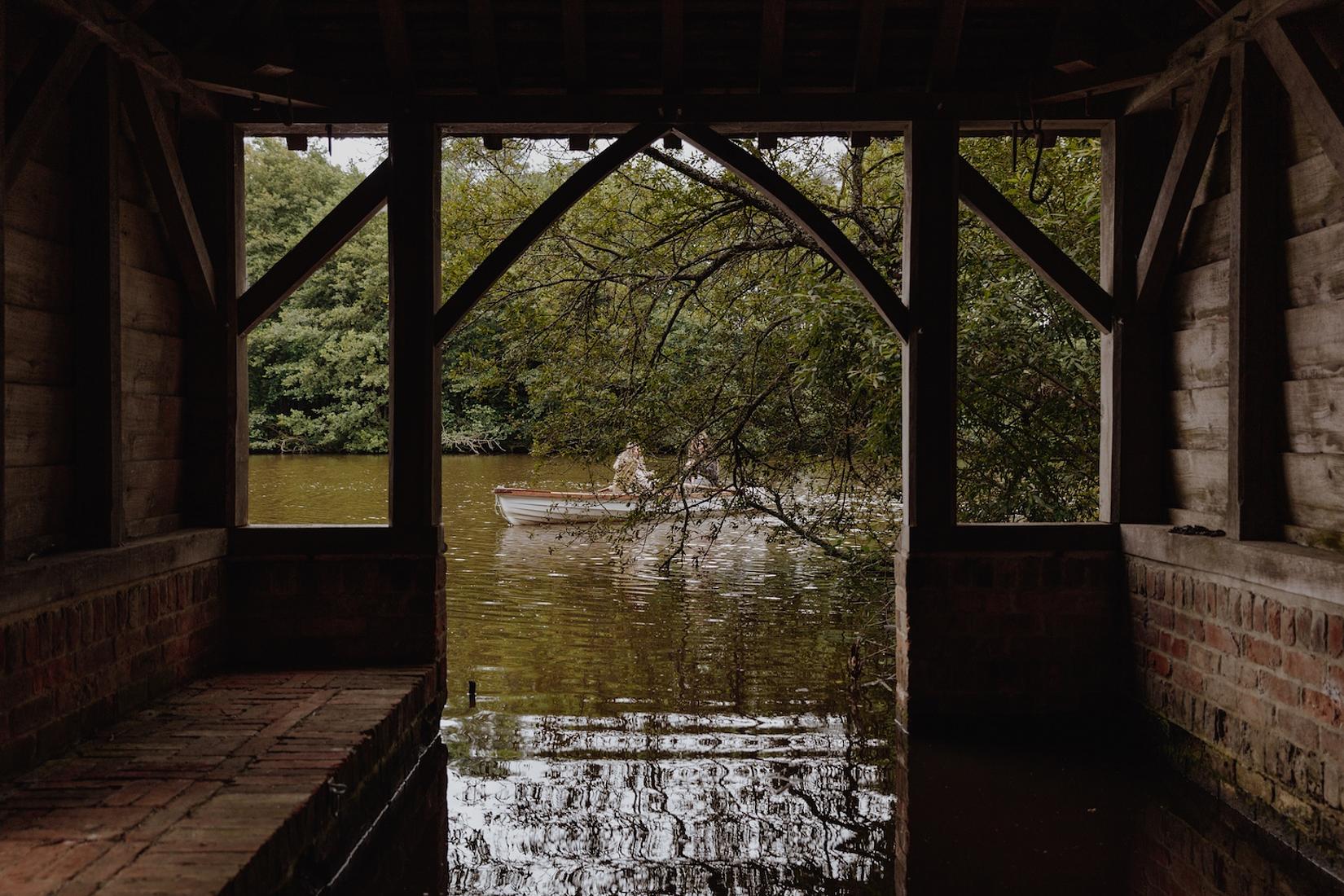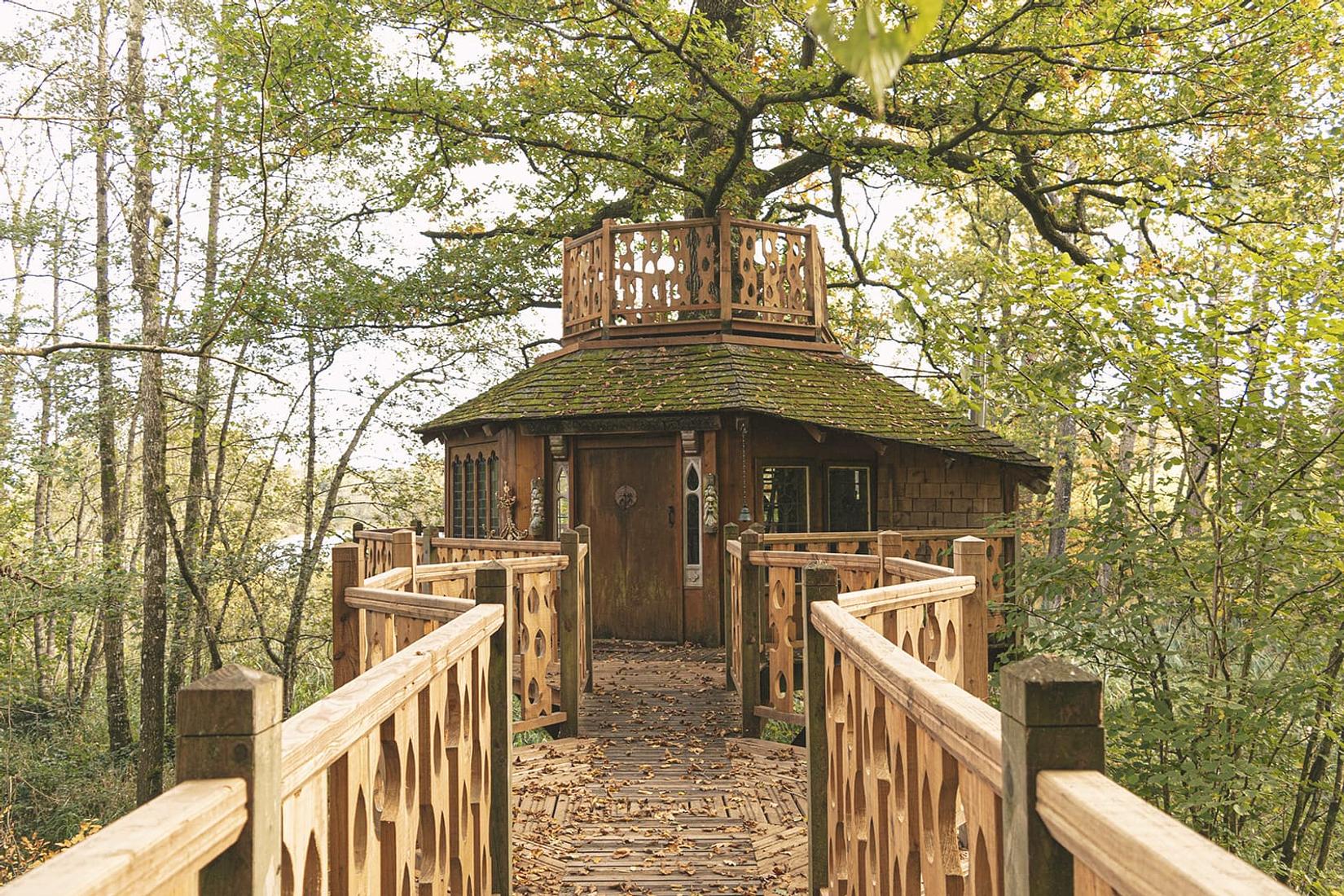How to organise a strategic planning retreat

Companies thrive when they’re guided by clear, mutually agreed-upon strategies. From experience, we know it can be difficult to fit high-level strategic planning around day-to-day activities. Enter, strategic planning retreats.
Strategic planning retreats bring company leaders and employees together to discuss core company themes, identify opportunities and develop a clear roadmap for the future. They allow employees from all levels to take a step back and think about the bigger picture - regaining purpose, clarity and structure to their workflow.
What is a strategic planning retreat?

A strategic planning retreat is an off-site event that gives decision-makers a chance to build new strategies and formulate plans for the future. It's a chance to bring together key members of the organisation and have comprehensive discussions on how to drive company growth and success.
Importantly, strategic planning retreats also aim to strengthen team dynamics while meeting a set of desired outcomes. This way, you’ll have a cohesive team equipped with the right tactics to benefit the organisation long-term.
How can a strategic planning retreat benefit your team?
1. It's an opportunity to evaluate success and direction
During a strategic planning retreat, team members can take a break from their daily grind and redirect their focus toward the overall performance and direction of the team or company. They can evaluate how well they’re functioning as a unit, determine which areas they’re excelling, and identify areas for improvement.
It’s also a great opportunity to make sure everyone is aligned toward accomplishing individual and administrative goals.
2. Fostering team cohesion
Strategic retreats allow your team to get together in a relaxed and open environment to reconnect and ground themselves. It’s a chance for team members to loosen up and get to know each other beyond their Slack emojis.
Spending time together on a team offsite and engaging in unique, thoughtful team-building activities will undoubtedly strengthen bonds within the team - increasing mutual trust and ability to communicate openly.
3. Develop leadership skills
Strategic retreats are not just for improving team cohesion, they're designed to help team members become people leaders.
Through specific activities and training, individuals can improve their decision-making capabilities and develop their leadership skills - in an environment without consequences.
Things to consider when planning a strategic planning retreat
- Objective(s): Aside from fostering team cohesion and developing leadership skills, think of some team-specific objectives to get the most out of your retreat. This could include organisational matters, such as developing a new strategic plan and reviewing current company performance.
- Facilitator: Assign a facilitator to ensure that the retreat agenda is met and that all attendees can participate comfortably.
- Location:
- Distance: An ideal distance for your retreat should be no longer than two hours away. Try to avoid tiring out team members on the journey before the retreat has even begun. More on this to follow.
- Accommodation: The accommodation for your offsite must enable a seamless offsite. We're talking about faultless wifi, lots of breakout areas and outdoor space for connecting organically with coworkers.
- Catering: Keeping it healthy and light is best to stop people feeling sluggish. Make sure veggie/vegan options are available, as well as the ability to cater for any allergies and intolerances.
- Team-bonding activities: ditch your escape rooms and engage in unique team-bonding activities such as foraging, cooking classes or intuitive painting.
- Mindful moments:
- Adding breathwork or meditation exercises can work wonders to focus the team before any major discussions.
Best practices for a strategic planning retreat
Pick a location that aligns with your goals
Location, location, location. To make the most out of a strategic planning retreat, not just any venue will do — it must align with your aims and objectives for the offsite.
Wherever you decide to go, Basejam is a big believer in the value of nature-based retreats. The benefits of being outside are infinite, not least in helping gain mental clarity and shaking off the stresses of city life.
This doesn't mean a four-day, unplugged camping trip - but we know that prioritising connection to nature will pay off both personally and professionally on your retreat.
When searching for your site, start with baseline requirements like your headcount and required facilities. Then think about the kind of vibe you want to curate, and the features that will entail. Such as:
- Climate
- Proximity to nature
- Unique activities
- Catering options
With Basejam you have access to a curated list of retreat-ready venues along with key, unique information about each one. You can filter your search results based on location, accommodation style, amenities, number of people, and even reason for retreat. This way you’re able to discover an ideal venue for your specific needs.
Wellbeing retreat, nature reserve and regenerative farm stay in rural Somerset →
Establish clear goals
What do you want to achieve by the end of your strategic planning retreat? Be specific—a clear goal (or multiple) will give your team and offsite direction and purpose.
Be extremely clear about the goals you have for the occasion. Consider the ideal result and the criteria you will use to evaluate its success. When you have a clear objective in mind, work backwards to create a strategy that will get you there.
Identify who should participate
After defining the objectives and scope for your strategic planning retreat, it's time to identify who should attend the meeting and their roles throughout the event.
Include those who will lead and implement the strategy. Active engagement before, during, and after the meeting increases the likelihood of a successful retreat.
Employee participation is essential at every stage of the planning process, but strategic planning retreats often involve leadership and key decision-makers.
Set an agenda
Make an agenda that addresses all the critical problems identified in your pre-retreat evaluation. Make sure the agenda is open to unexpected debates or new topics. Consider holding break-out seminars to address departmental challenges.
The schedule should also include adequate time to discuss the tasks that emerged from the retreat. Set aside time to create a follow-up strategy to guarantee that the plans discussed during the retreat are effectively implemented.
If you need a helping hand, use this handy agenda-setting template to get started.
Design a structured process
Once you have a clear grasp of the objectives, scope and participants for your strategic planning retreat, it's time to develop a structured process. Plan with specific goals in mind, and decide who will lead each discussion.
While you may be eager to see results, keep in mind that hearing from all voices is critical. Aim for genuine participation from all those involved, and create a safe environment in which team members feel comfortable sharing their ideas. It's important to make sure no individual dominates the discourse.
Move from the macro to the micro (and then back to the purpose)
Begin your retreat by talking about the broad picture—external forces and your organisation's mission. After that, address your objectives and challenges.
Use cue cards to have a private talk about the challenges to increase participation. Solve these problems together.
Review goals and actions to ensure they are in line with the mission of your organisation. This method results in a productive and aligned retreat.
Use data-driven insights
When making strategic planning decisions, rely on facts and relevant insights.
To ensure a strong SWOT analysis (strengths, weaknesses, opportunities and threats), conduct interviews and surveys wherever possible. This analysis will give the necessary context for strategic decisions.

Create and use pre-work templates after gathering enough feedback to ensure that all meeting participants begin with an idea of the present situation, difficulties, implications, and objectives. This baseline allows everyone to get started on the same page.
Encourage diverse perspectives
In both small and big group conversations, encourage everyone to speak up. When the loudest voice dominates the discourse, valuable viewpoints might be lost, resulting in bruised feelings and at worst, isolation and disengagement.
Allowing everyone to contribute allows you to realise your team's full potential. It results in a strategy plan that is not only visually appealing but also effective in attaining your objectives.
Prioritise actionable items
Make a targeted strategy plan by identifying essential initiatives and ranking them in terms of impact and feasibility. Keep objectives manageable to avoid being overwhelmed. To turn goals into actionable tasks, create a detailed action plan with specific phases, responsibilities, and dates.
Document everything
Keep complete notes of all retreat conversations, decisions, and action plans. These records will be useful references in the future. By documenting everything, you can quickly track progress, revisit ideas, and verify that the retreat's conclusions are applied properly over time.
Feeling ready for your strategic planning retreat?
By taking a break from your daily work routine and dedicating time to a strategic planning retreat, you can form stronger collaborations, well-defined strategies, and a clear roadmap to your business’ success.
Explore a curated list of inspiring company retreat venues with Basejam and start planning your transformational retreat.

Use Basejam to find and book unique company retreat venues
Search our curated database, and enquire with any of our 70+ venues. No booking fees.
Browse venues

